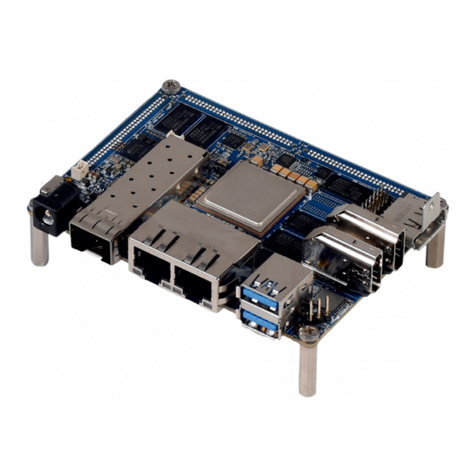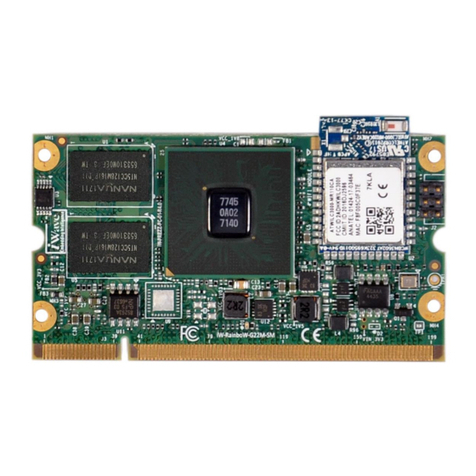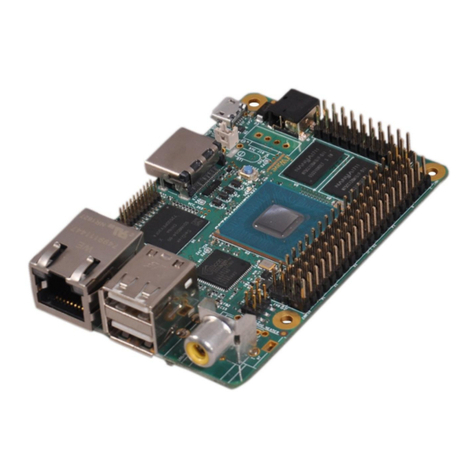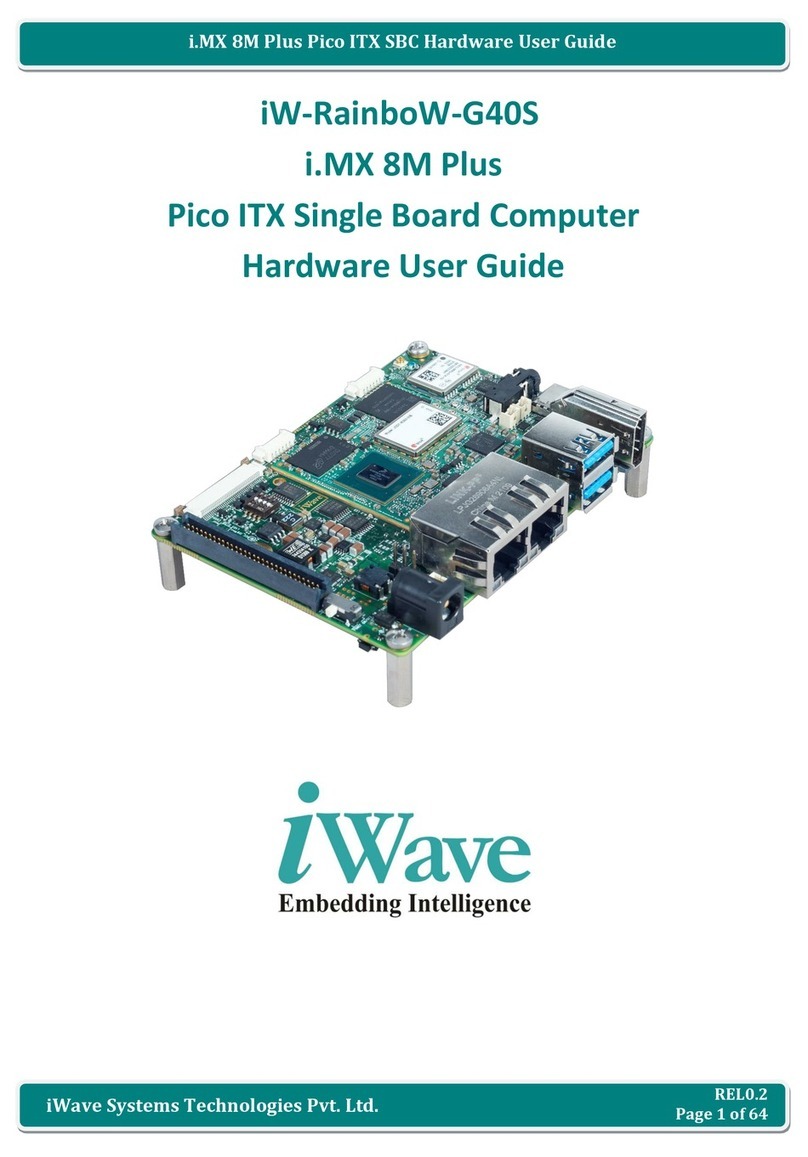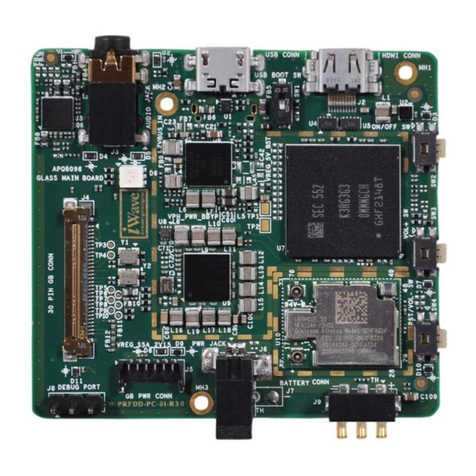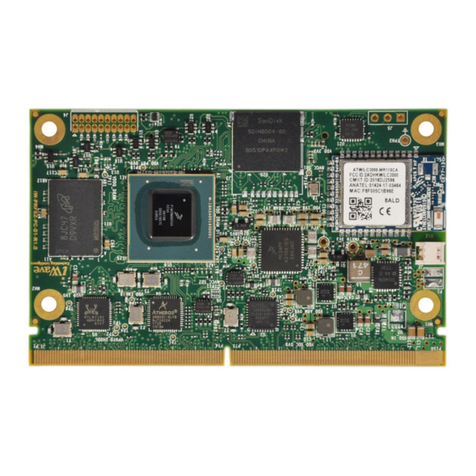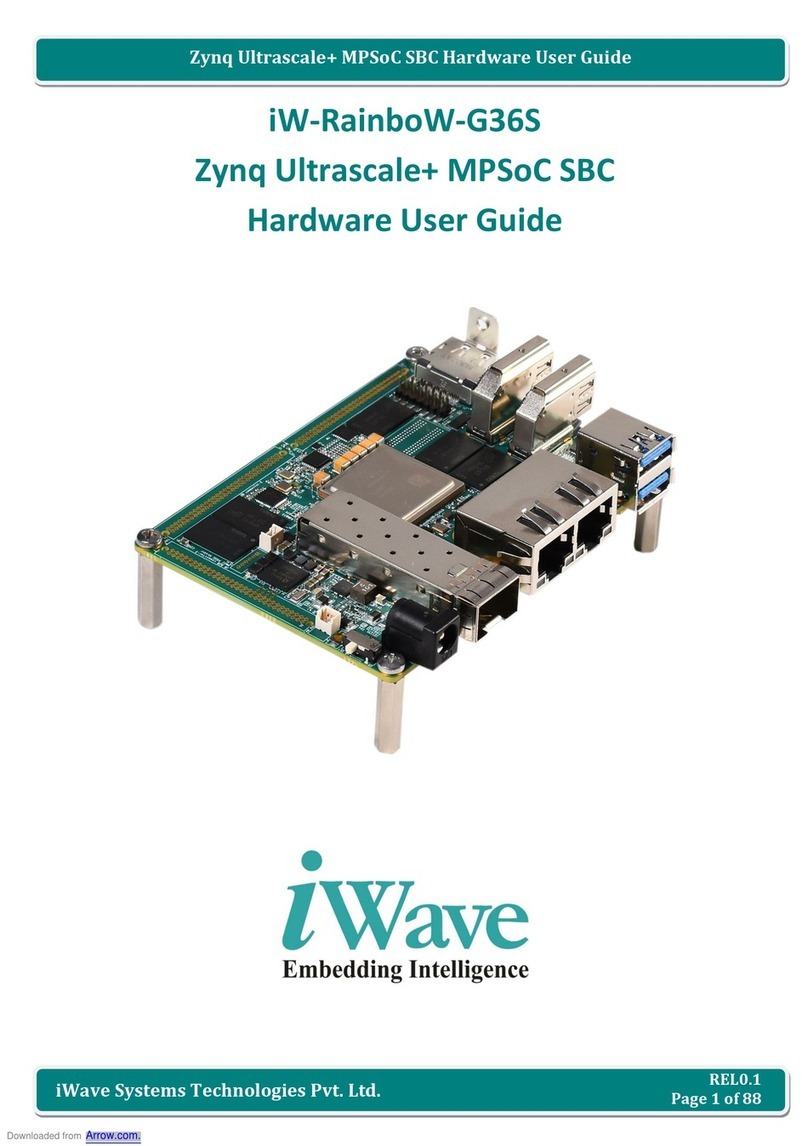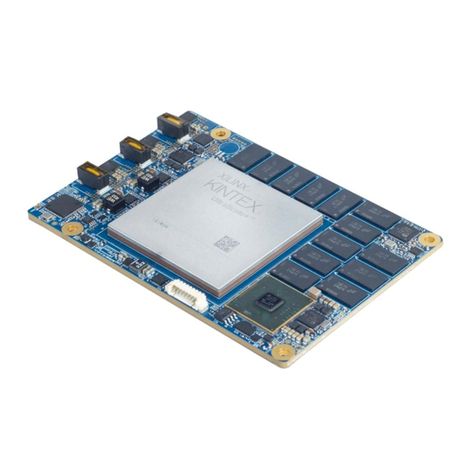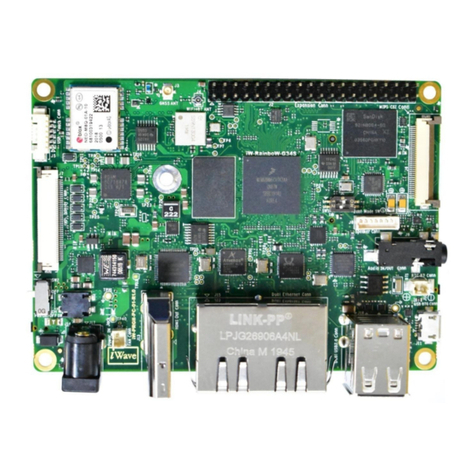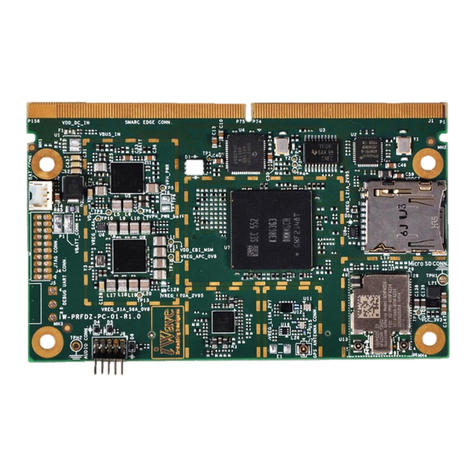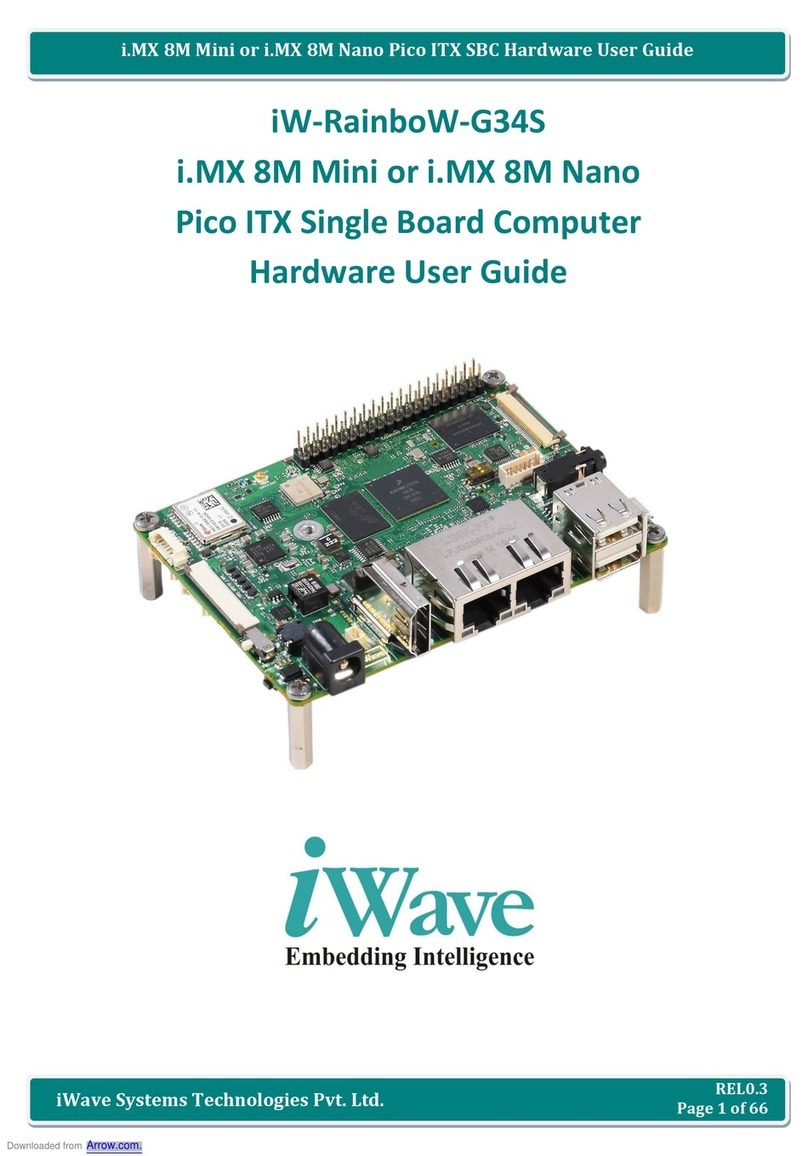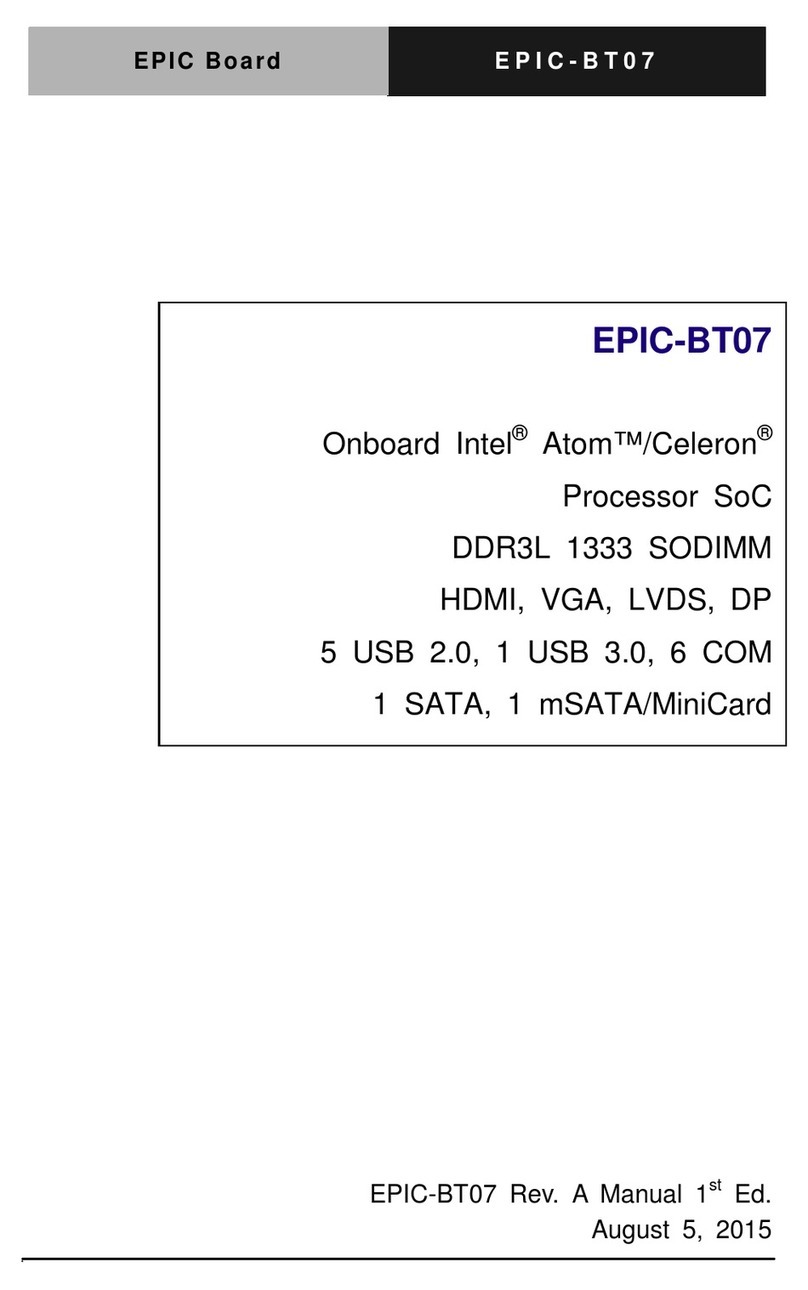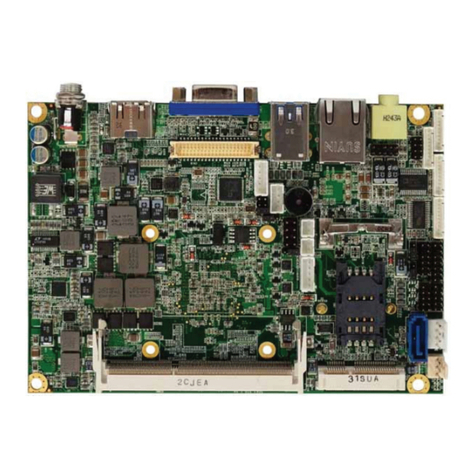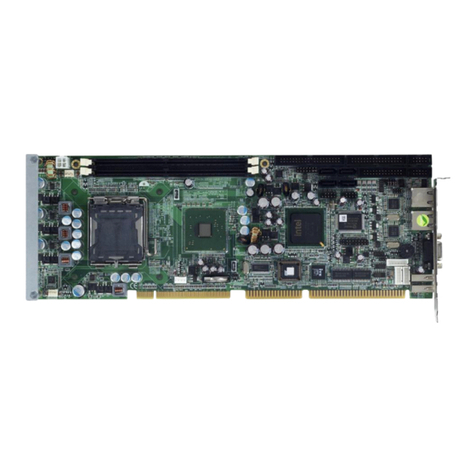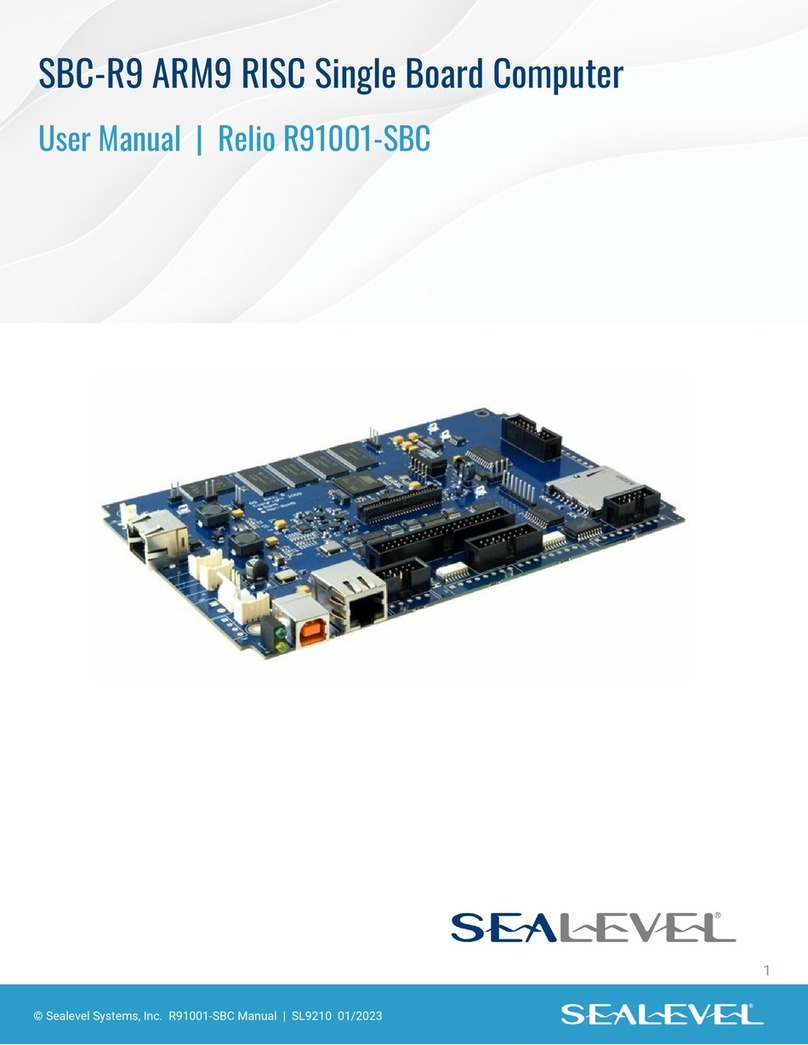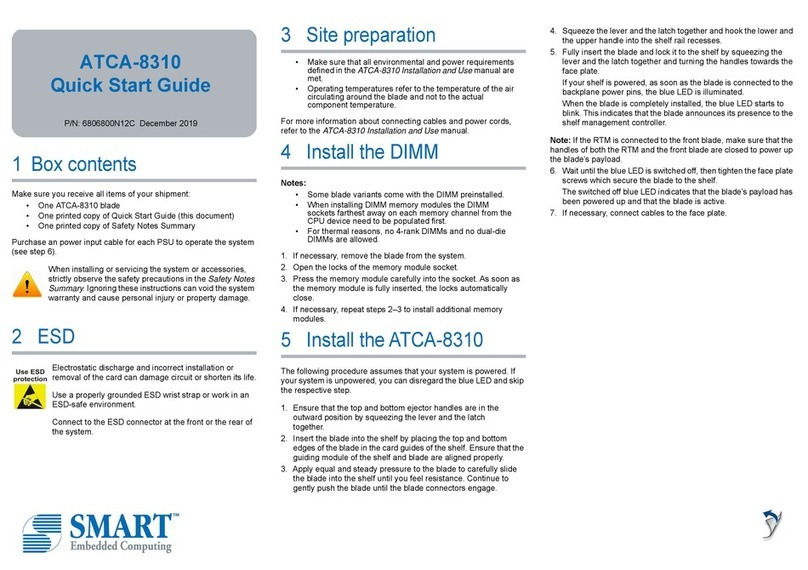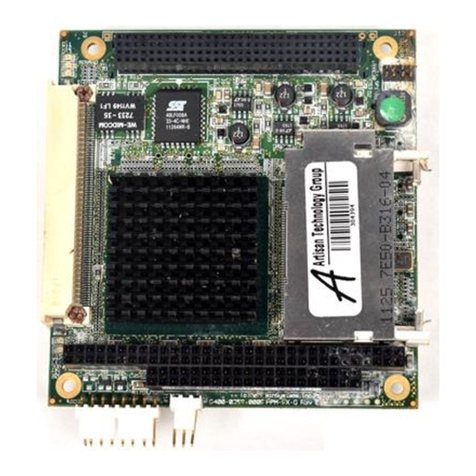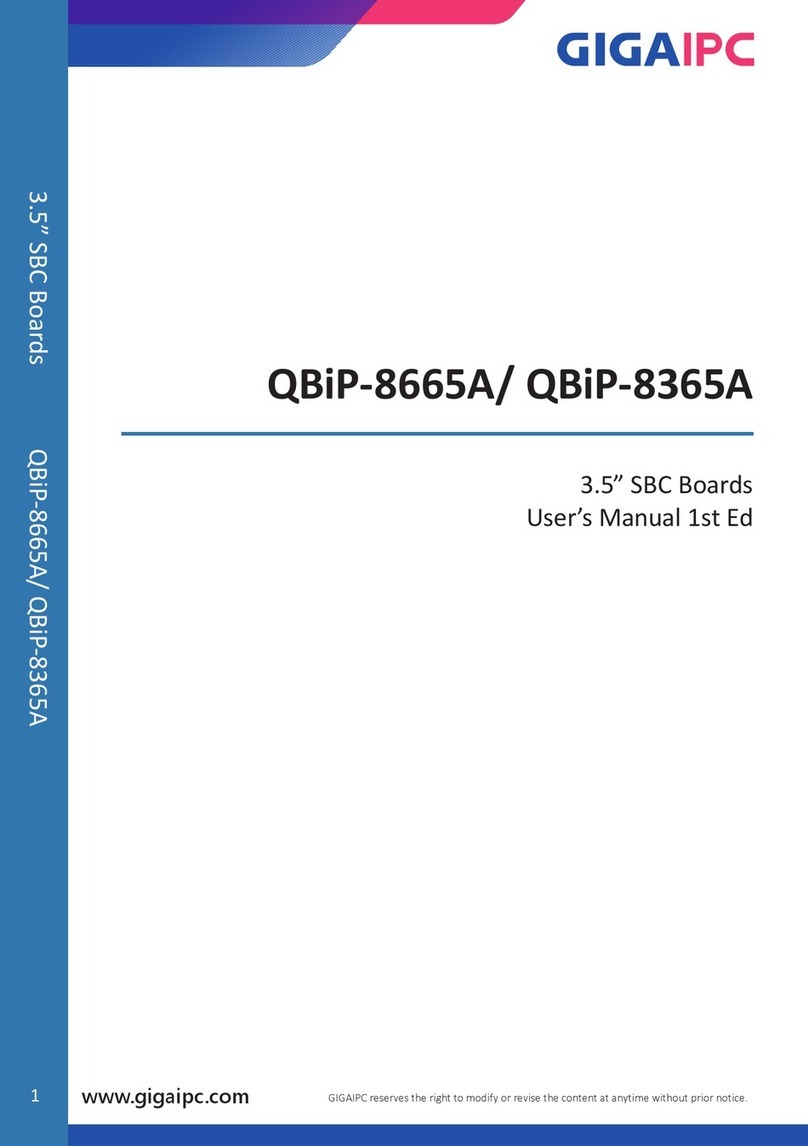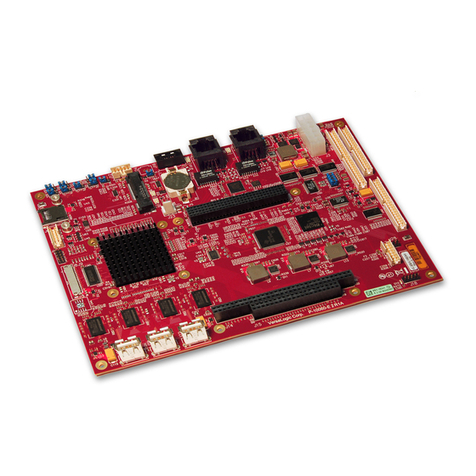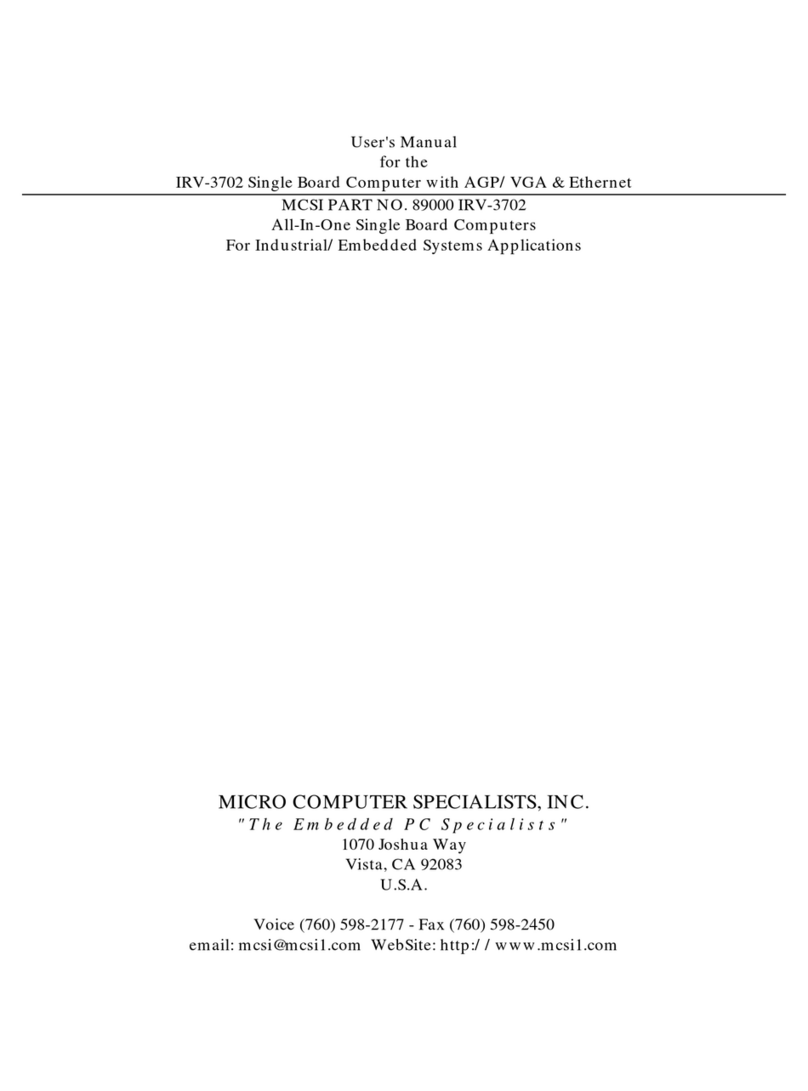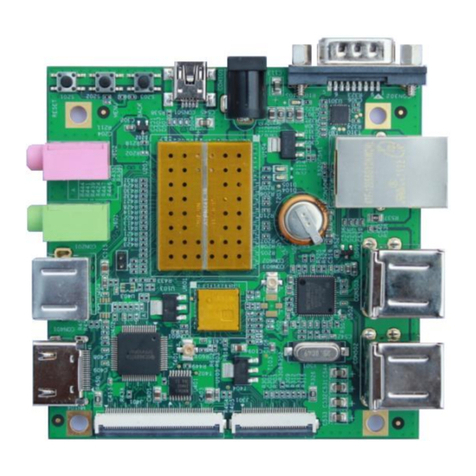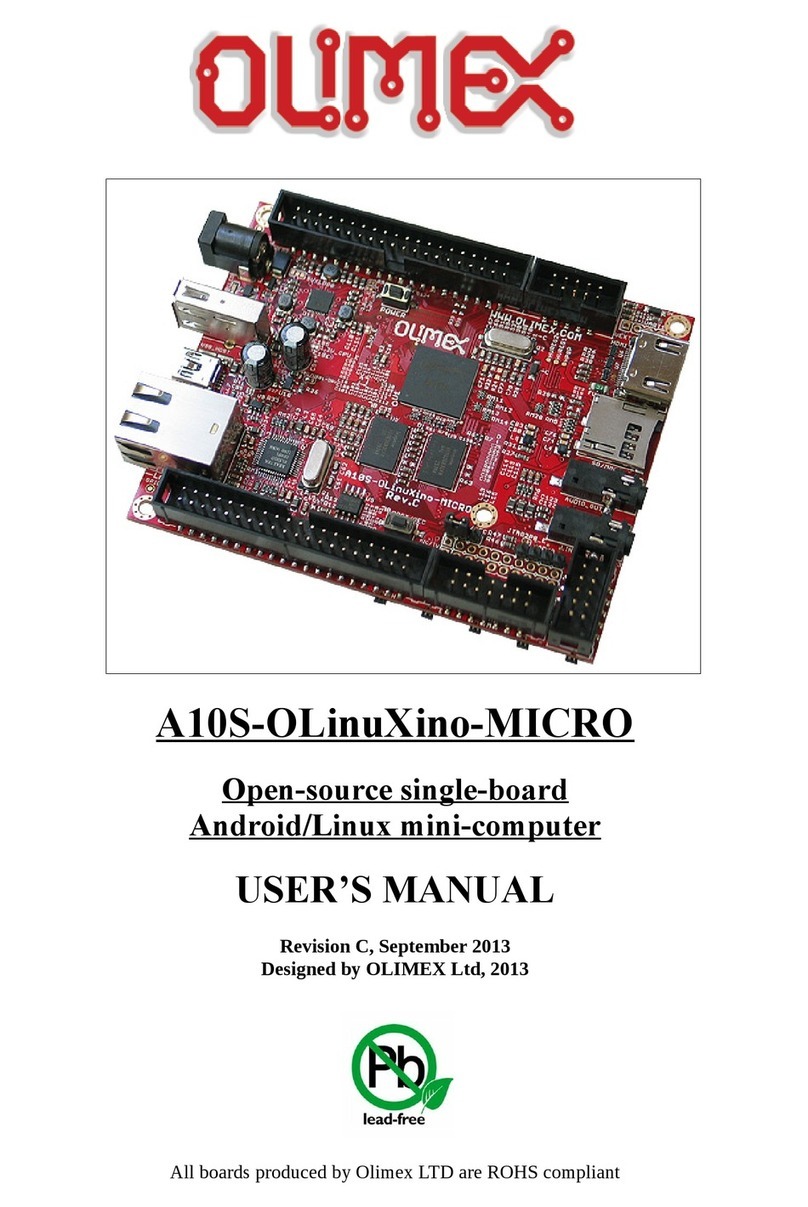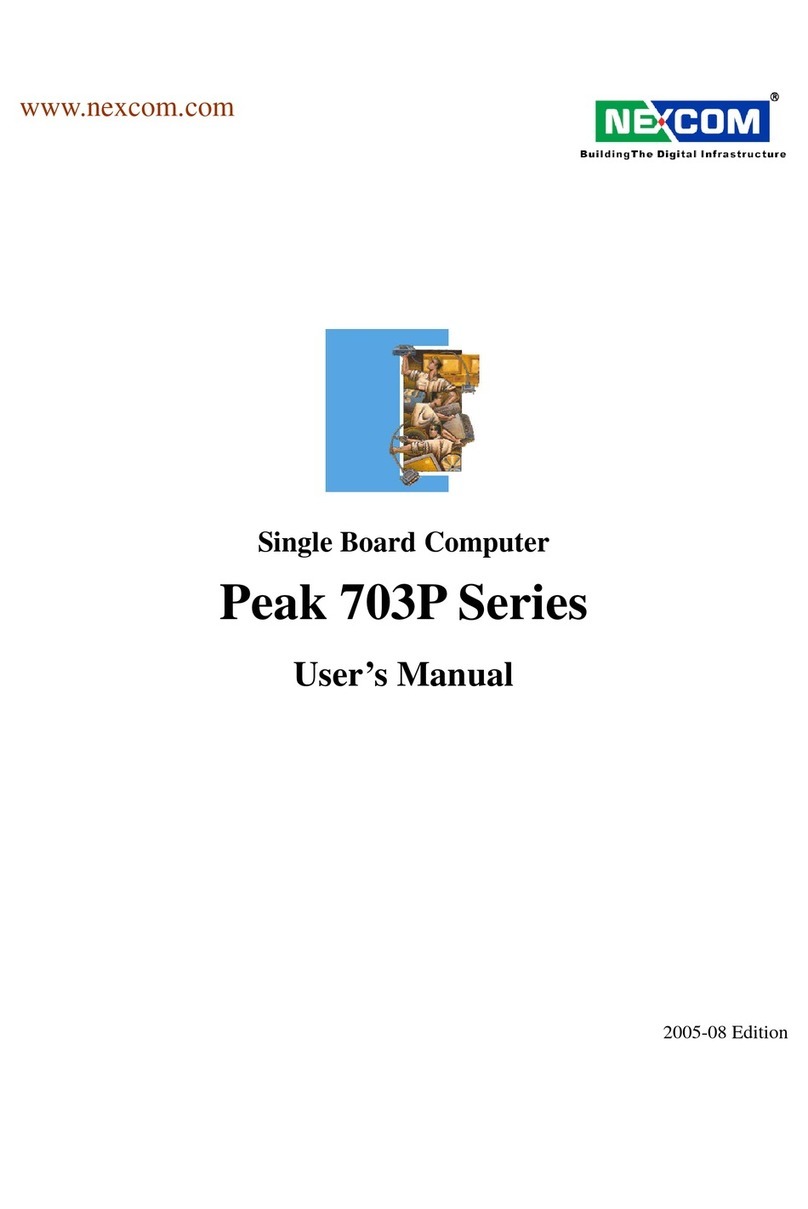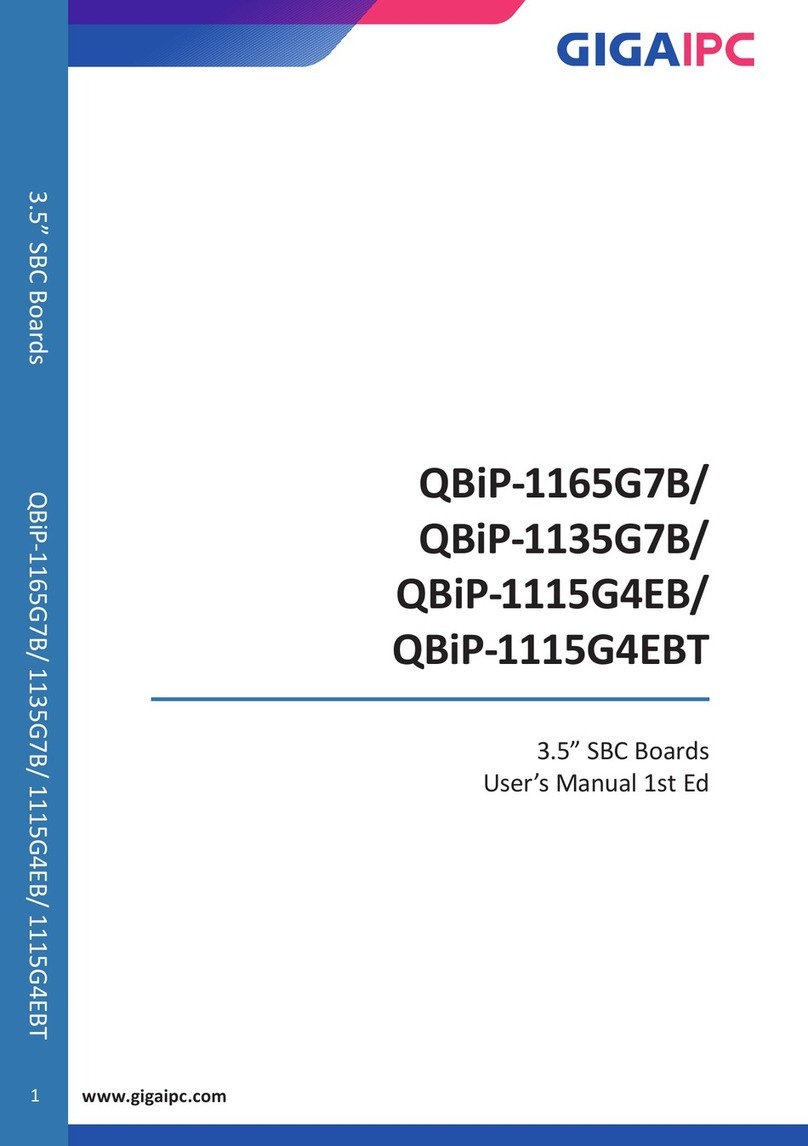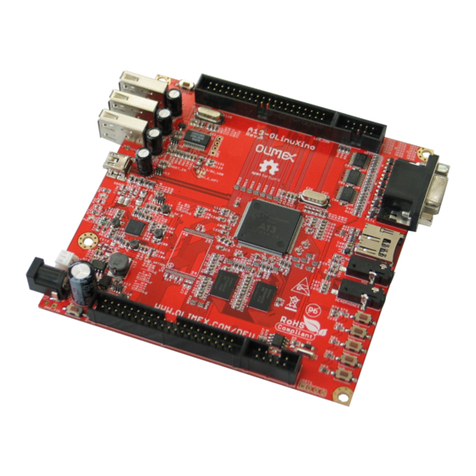Table of Contents
1. INTRODUCTION ............................................................................................................................................7
1.1 Purpose .............................................................................................................................................................7
1.2 SODIMM SOM Overview................................................................................................................................... 7
1.3 List of Acronyms................................................................................................................................................7
1.4 Terminlogy Description.....................................................................................................................................9
1.5 References ........................................................................................................................................................9
1.6 Important Note ...............................................................................................................................................10
2. ARCHITECTURE AND DESIGN....................................................................................................................... 11
2.1 i.MX6 SODIMM SOM Block Diagram...............................................................................................................11
2.2 i.MX6 SODIMM SOM Features........................................................................................................................12
2.3 i.MX6 CPU .......................................................................................................................................................14
2.4 PMIC................................................................................................................................................................15
2.5 Memory...........................................................................................................................................................15
2.5.1 DDR3 SDRAM ..............................................................................................................................................15
2.5.2 SPI NOR Flash ..............................................................................................................................................15
2.5.3 eMMC Flash ................................................................................................................................................15
2.6 i.MX6 SODIMM PCB Edge Connector..............................................................................................................16
2.6.1 Boot Setting.................................................................................................................................................17
2.6.2 Gigabit Ethernet..........................................................................................................................................18
2.6.3 PCIe Interface ..............................................................................................................................................18
2.6.4 SATA Interface.............................................................................................................................................19
2.6.5 USB2.0 OTG Interface..................................................................................................................................19
2.6.6 USB2.0 Host Interface .................................................................................................................................19
2.6.7 SD Interface.................................................................................................................................................19
2.6.8 Parallel Camera Interface............................................................................................................................20
2.6.9 Parallel RGB Display Interface.....................................................................................................................20
2.6.10 LVDS Interface.............................................................................................................................................20
2.6.11 HDMI Interface............................................................................................................................................21
2.6.12 I2S Audio Interface ......................................................................................................................................21
2.6.13 UART Interface ............................................................................................................................................22
2.6.14 SPI Interface ................................................................................................................................................22
2.6.15 CAN Interface ..............................................................................................................................................22
2.6.16 I2C Interface................................................................................................................................................23
2.6.17 PWM Interface ............................................................................................................................................23
2.6.18 GPIO Interface.............................................................................................................................................23
2.6.19 JTAG Interface .............................................................................................................................................23
2.6.20 Power Input.................................................................................................................................................24
2.6.21 Reset Button Input ......................................................................................................................................24
2.6.22 Power Button Input .....................................................................................................................................24
2.7 i.MX6 Pin Multiplexing on SODIMM Edge ......................................................................................................36
3. TECHNICAL SPECIFICATION.......................................................................................................................... 47
